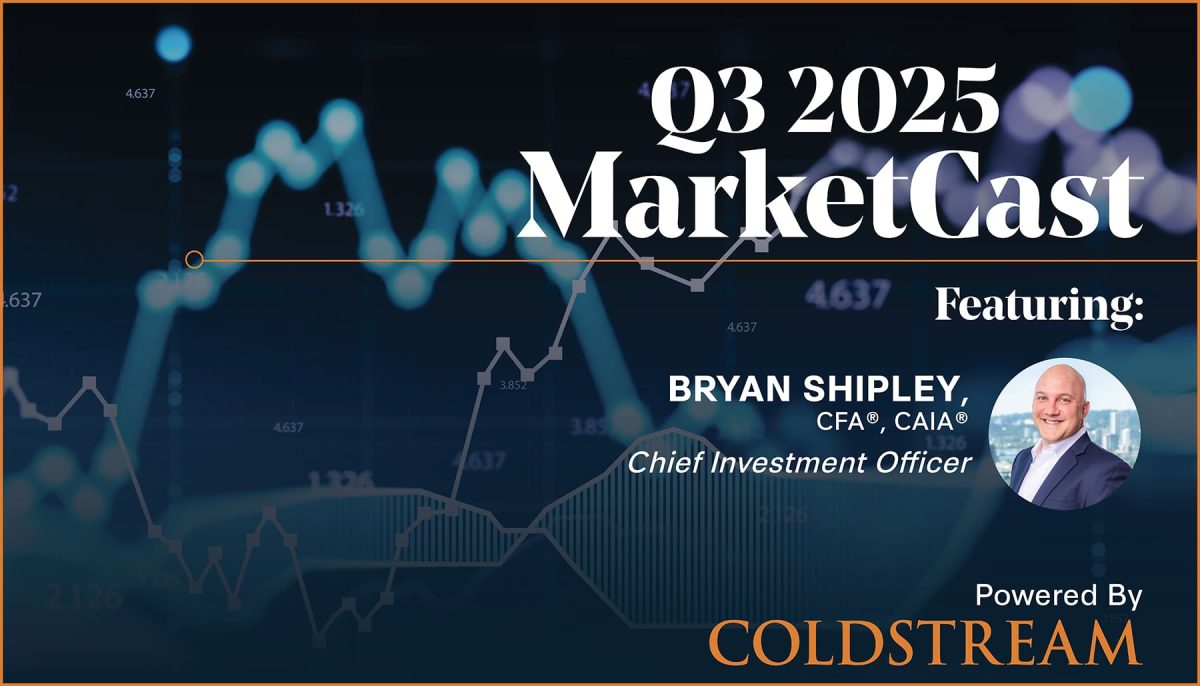
Insights
December 15, 2015
Things that Go Bump in the Night
In Market Commentary
Concern over slowing global growth and the strength of the US dollar caused a steep decline in global markets in the third quarter, erasing gains made over the prior twelve months. The S&P 500 ended down 6.4% for the quarter and -5.3% in nine months ended September. International markets fared far worse with International markets, as measured by the MSCI EAFE index, was down 10.23% for the quarter and 5.28% for the year to date through September. Looking under the global hood, Germany down 10.2% in the June to September period, Japan off 14.1% for the quarter and Chinese A shares falling over 28% in the quarter to post a nearly flat return for the year.
Although prefaced by a precipitous advance then decline in the Chinese stock market in the second quarter, the People’s Bank of China (PBOC) surprised markets in August by devaluing the yuan, which roiled the currency markets globally. By devaluating, the PBOC tipped their hand to the market that the world’s second largest economy may not be able to hit their 7% GDP growth estimates for the year. Over the prior two decades, China’s growth has underpinned the consumption of commodities including over half the global iron ore and copper production. Since the third quarter of 2014, a combination of weakening demand in the base metals and oversupply of the oil and gas complex has caused commodity prices to trend down. This trend has had a severe impact on commodity-exporting emerging economies; the MSCI Emerging Markets Index is down 17.90 for the quarter and 15.47% year to date, approaching multi-year lows.
Prior to the Federal Open Market Committee (FOMC) meeting in September, the Fed had indicated their intention to be data dependent navigating the dual mandate of maximum employment of 5% and a 2% inflation target. As a result, economists and traders were split on whether or not the Federal Reserve would move the US off “Emergency Lending” and implement the first rate hike in seven years. At the meeting, however, the FOMC startled the markets by adding two new inputs to their decision matrix: heightened global uncertainties and a softer path for future inflation. Fed watchers believe that the committee decision to stand pat on rates reflect concerns about the continuing strength of the US dollar; raising US interest rates while the rest of the globe is easing monetary policy would add fuel to the bull market in the US dollar.
Despite the global weakness, the US data continues to be positive; consumer confidence remains strong, unemployment is approaching 5% with job openings reaching multi-year highs and positive wage growth. Since commodities are priced in US dollars, the commodities pullback, combined with the US dollar strength, has benefited US consumers, who are enjoying lower gas and heating prices and lower cost of imports.
That said, the US has not been immune to the impact of lower commodity prices; the pullback in energy prices has placed pressure on the US high yield bond market where over 20% of the market is comprised of oil and mining related companies. We would not be surprised to see an increase in defaults in the more leveraged companies in the energy and mining sector in 2016.
Since the great recession, market volatility has been muted, with the exception of small bouts of volatility during the taper tantrum in 2013 and the 2011 Greek crisis. During periods of low volatility, it seems rational to add risk assets to a portfolio in the search for higher returns. For instance, the prolonged period of low interest rates caused many income investors to rotate their allocations away from bonds and toward dividend paying equities and high yielding bonds.
Those allocation decisions come home to roost during periods of volatility, and we certainly witnessed volatility in the third quarter. If you have found yourself stressed by the recent market gyrations, it may be time to review your risk tolerance and confirm your asset allocation is in line with your risk tolerance. Please reach out to you Relationship Manager and Portfolio Manager for a review.
BY NINA ROSE, Portfolio Manager
Related Articles

July 11, 2025
The Return of Diversification


July 10, 2025
Watch Coldstream’s MarketCast for Third Quarter 2025


June 24, 2025
Managing Increased Uncertainty in the Middle East


